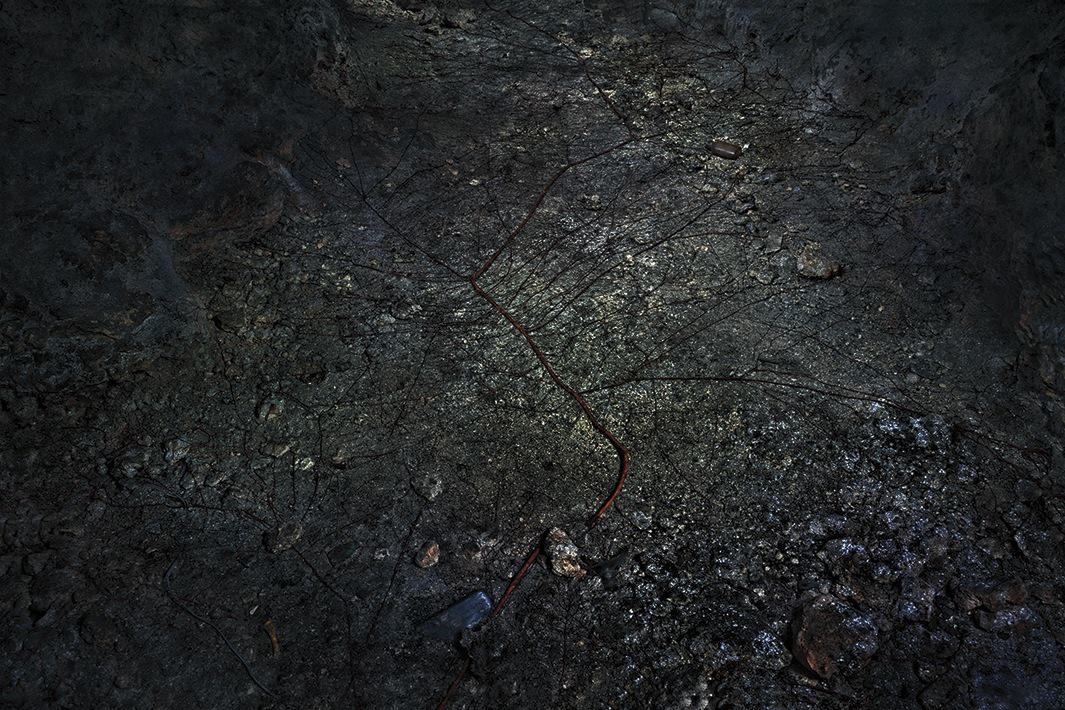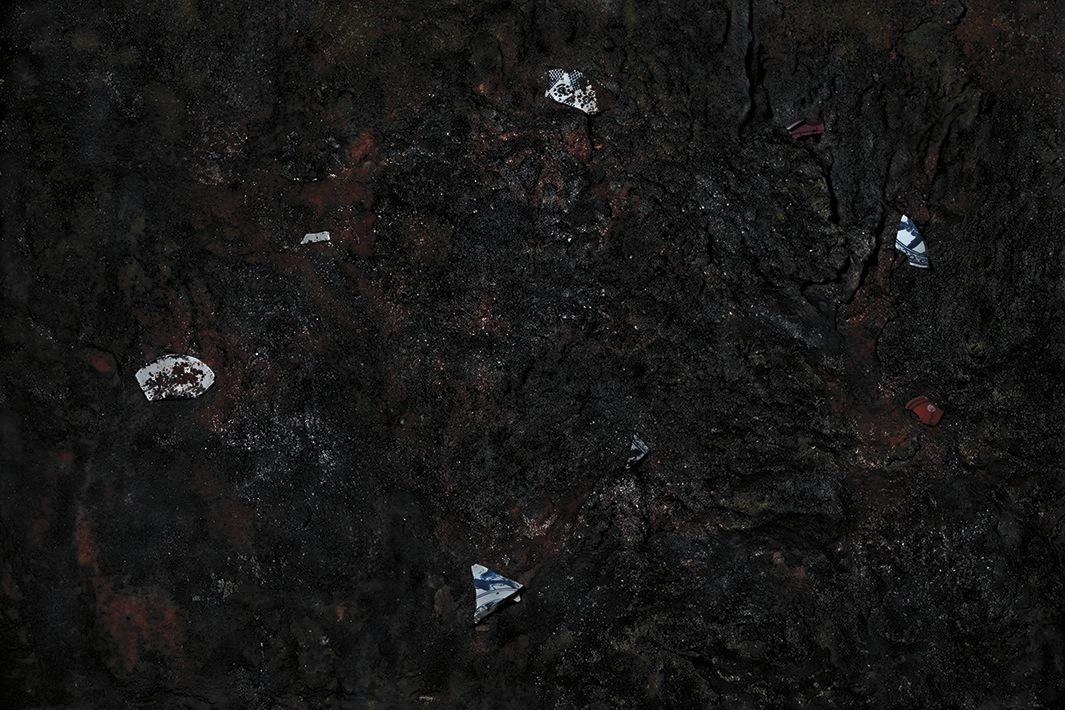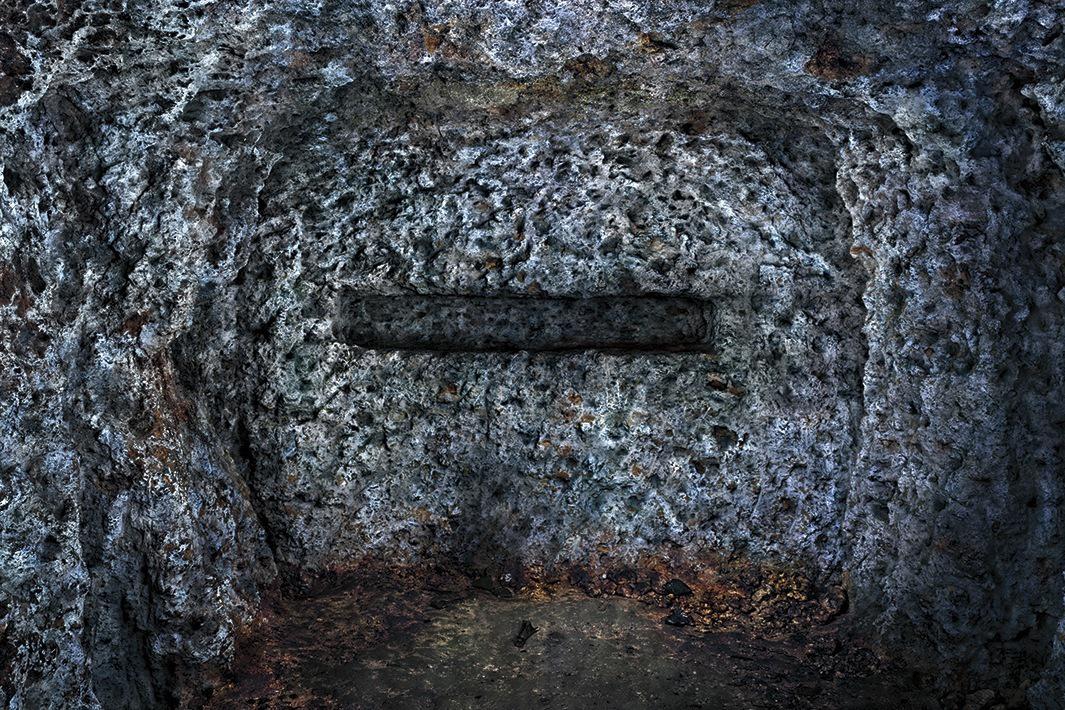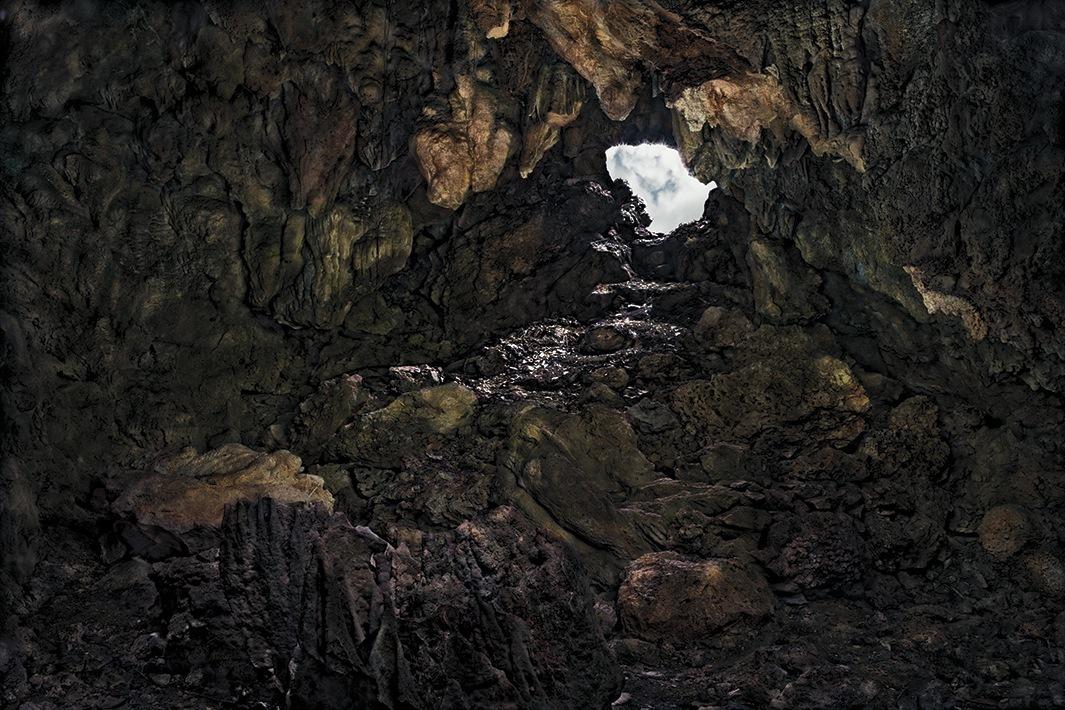For generations, the limestone caves of Okinawa, Japan, were used as places of worship and burial. During the Battle of Okinawa, they became bunkers, bases, and hospitals for Japanese soldiers, and, tragically, the site of countless deaths. Today, it’s a place where history and loss reside.
Japanese-American photographer Osamu James Nakagawa went to Okinawa for the first time in 2001. After having a profound experience at the Okinawa Prefectural Peace Memorial Museum, he began thinking about how to explore Okinawa’s past through photography. “When you go outside the museum, it’s all blue sky and beautiful ocean and cliffs. My imagination started to kick in. It’s this crazy history. That memory stuck with me for a long time,” he said.
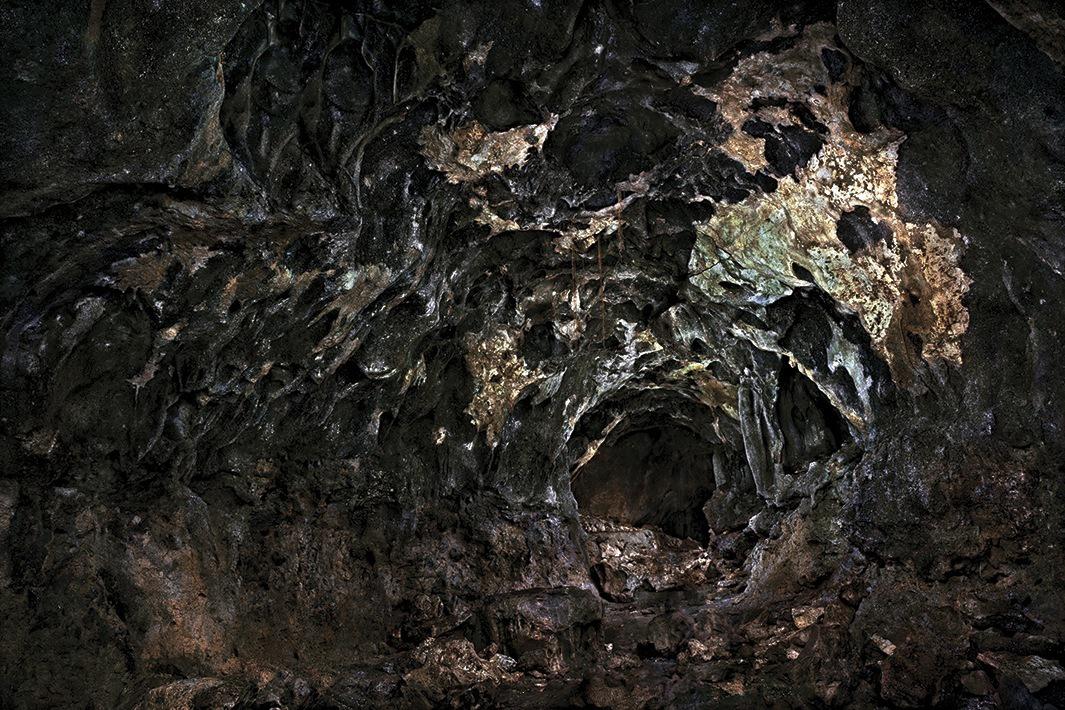
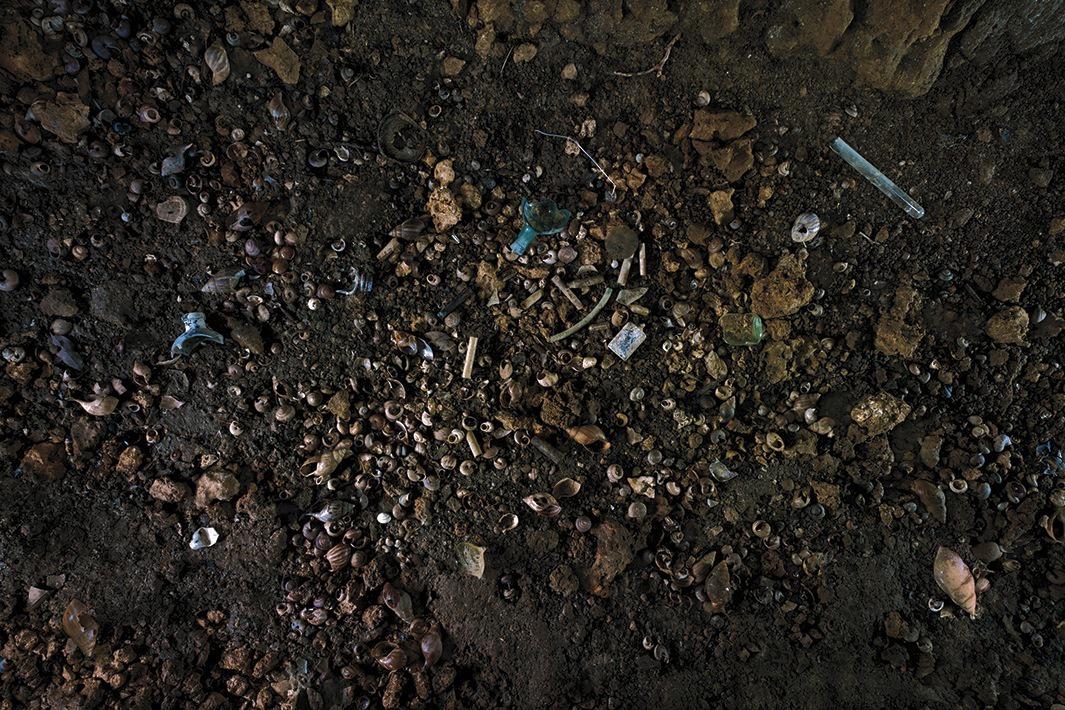

Nakagawa’s book, Gama Caves, is the final chapter of his so-called Okinawa Trilogy, a series of works that address the enduring legacy of World War II in Japan. It begins with Remains, which he describes as photographs of “remnants and consequences of the Battles of Okinawa and Saipan that visually demonstrate how these elements of the past quietly remain today.” In 2008, Nakagawa photographed the second part of the series, Banta, which depicts the cliffs from which thousands of Japanese and Okinawans dove to their deaths during the battles. “Standing at its feet for the first time I felt in the cliff’s full visceral weight something so powerful that I was initially unable to take even a single photograph,” Nakagawa said in a statement. “The shadows seeping from the cliff’s surface, the white craters riddling the cliff’s coral limestone, and the charred black caves were stark reminders of all that these cliffs had witnessed.”
Nakagawa spent years exploring Okinawa’s caves, accompanied by locals who knew how to navigate them. Most of the caves were pitch black, so Nakagawa used a flashlight to light the interior during long exposures and a laser pointer to help focus his camera. He later stitched photographs together to create large prints, and he said he accentuated colors on the computer to better “capture the mabui (spirits) of the caves.”


On closer inspection of Nakagawa’s images, details emerge, including artifacts—like bone fragments, pieces of bowls and bottles, and other debris—that signal the caves’ various uses. “When you first look at it you might not get the full story. I want to inject something that we cannot see into my work—some kind of aura,” he said.
Nakagawa’s work is on view at sepiaEYE in New York City until May 31.
